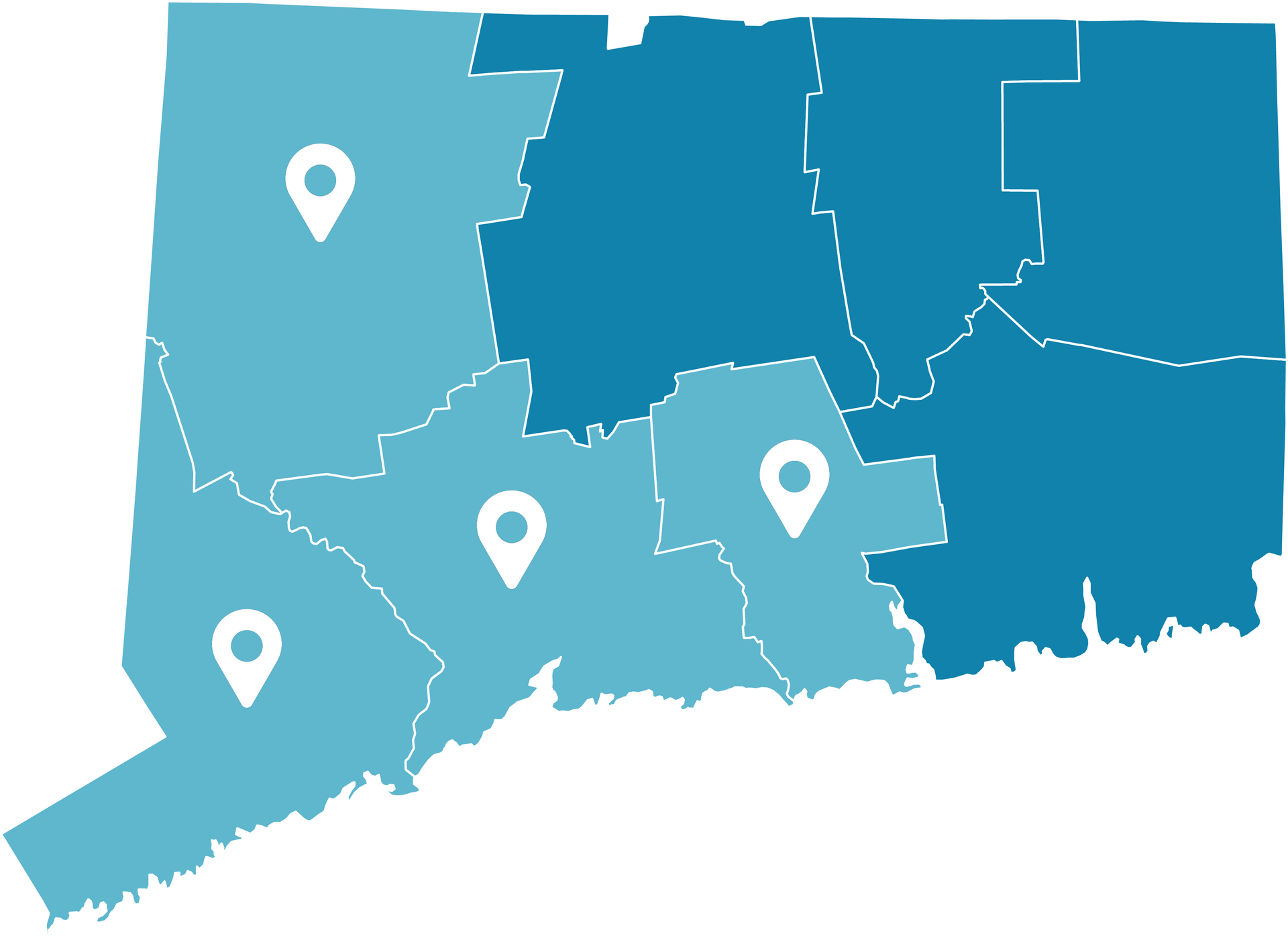What Is Reverse Osmosis and How Does It Work for Well Water?
If you rely on well water for your home, you may have concerns about its quality, taste, and safety. Well water can contain bacteria, heavy metals, nitrates, and other contaminants, making filtration a necessity. One of the most effective ways to purify well water is reverse osmosis (RO). But what exactly is reverse osmosis, and how does it work for well water? Let’s break it down.
What Is Reverse Osmosis?
Reverse osmosis is a water filtration process that removes impurities, contaminants, and dissolved solids by forcing water through a semi-permeable membrane. This highly effective purification method is commonly used to produce clean, great-tasting drinking water from well water sources.
Unlike basic carbon filters that only remove chlorine and some odors, RO filtration is capable of eliminating up to 99% of contaminants, including:
- Bacteria & Viruses (E. coli, Salmonella, etc.)
- Heavy Metals (Lead, Arsenic, Mercury)
- Nitrates & Nitrites (Common in agricultural areas)
- Pesticides & Herbicides
- Fluoride & Chlorine
- Sediments & Dissolved Solids
How Does Reverse Osmosis Work for Well Water?
A reverse osmosis system consists of multiple filtration stages, each designed to target specific contaminants. Here's how the process works:
1. Pre-Filtration Stage
Before reaching the RO membrane, well water passes through pre-filters to remove large sediments, dirt, and rust. This helps protect the membrane from clogging or damage. Many RO systems include a carbon filter at this stage to remove chlorine, odors, and organic compounds.
2. Reverse Osmosis Membrane
At the core of the system is the semi-permeable RO membrane, which removes:
- Dissolved solids
- Heavy metals
- Bacteria & viruses
- Toxic chemicals
Water is forced through this membrane under pressure, leaving behind contaminants and allowing only pure water molecules to pass through.
3. Post-Filtration & Polishing
Once the water has passed through the RO membrane, it moves to the final filtration stage, which:
- Removes any remaining odors or taste issues
- Balances pH levels (optional, depending on the system)
- Improves water clarity and freshness
4. Storage & Dispensing
Many RO systems include a storage tank to ensure purified water is available when needed. When you turn on your faucet, the filtered water flows through a final post-filter before reaching your glass.
Why Is Reverse Osmosis Ideal for Well Water?
Unlike city water, well water isn’t treated before it reaches your home. While well water is often naturally sourced, it can be contaminated by:
- Bacteria & pathogens from groundwater
- Heavy metals from soil and pipes
- Nitrates from farming and fertilizers
- Pesticides & industrial runoff
Reverse osmosis is one of the best filtration solutions because it:
- Removes nearly all contaminants found in well water
- Improves taste, clarity, and odor
- Provides safer drinking water for your family
- Reduces reliance on bottled water
Common Questions About Reverse Osmosis for Well Water
1. Does Reverse Osmosis Remove Hard Water?
RO systems can remove some minerals that cause hard water, but they are not a replacement for a water softener. If your well water has high levels of calcium and magnesium, installing a water softener before your RO system is recommended.
2. Does Reverse Osmosis Waste Water?
RO systems produce wastewater during the filtration process. However, modern high-efficiency RO systems reduce waste significantly. Some advanced models use recirculation technology to be more efficient.
3. How Often Do I Need to Change RO Filters?
For optimal performance, filters should be changed:
- Pre-filters – Every 6-12 months
- RO membrane – Every 2-3 years
- Post-filters – Every 12 months
Regular maintenance ensures your RO system lasts longer and continues to provide pure, safe water.
Is a Reverse Osmosis System Right for Your Well Water?
If you rely on well water, investing in a reverse osmosis system is one of the best ways to ensure clean, contaminant-free drinking water. To determine if RO is right for your home, consider:
- Testing your well water to identify contaminants
- Choosing the right RO system size for your household
- Adding a water softener if needed
If you’re unsure about the best filtration system for your well water, Mosman Well Works can help! Our professionals specialize in well water treatment solutions, including reverse osmosis installation and maintenance. Contact us today for a water test and consultation to find the best solution for your home!



